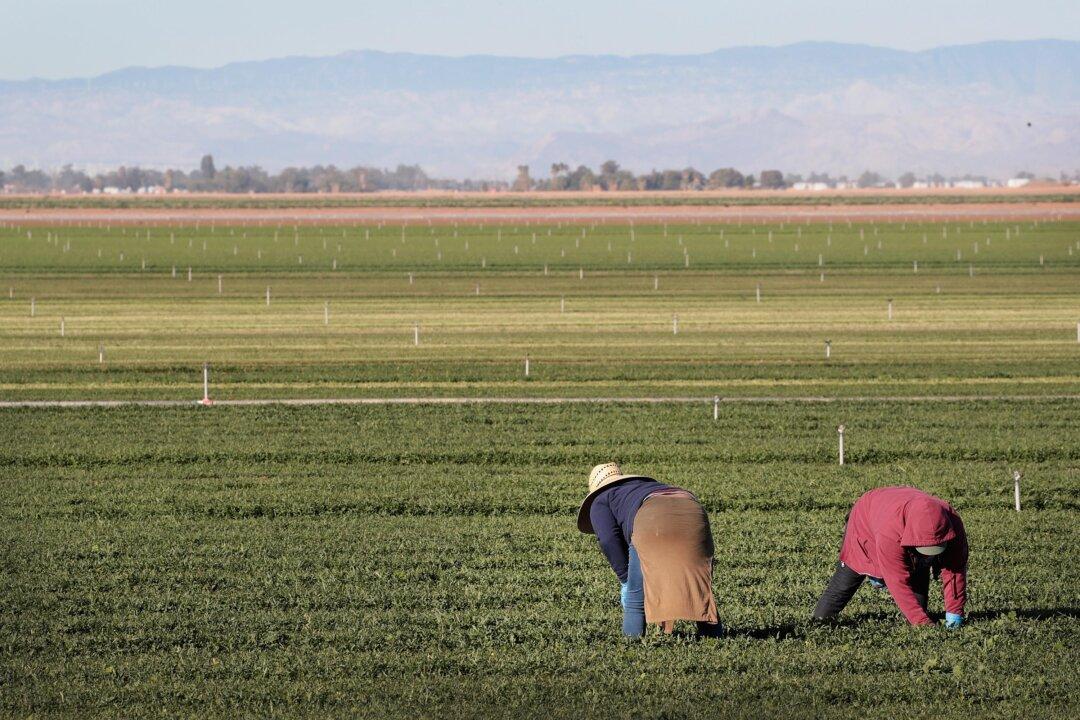Commentary
As much as 18 percent of all the land growing table food for consumption by Americans is at risk due to poor water management policies.

As much as 18 percent of all the land growing table food for consumption by Americans is at risk due to poor water management policies.